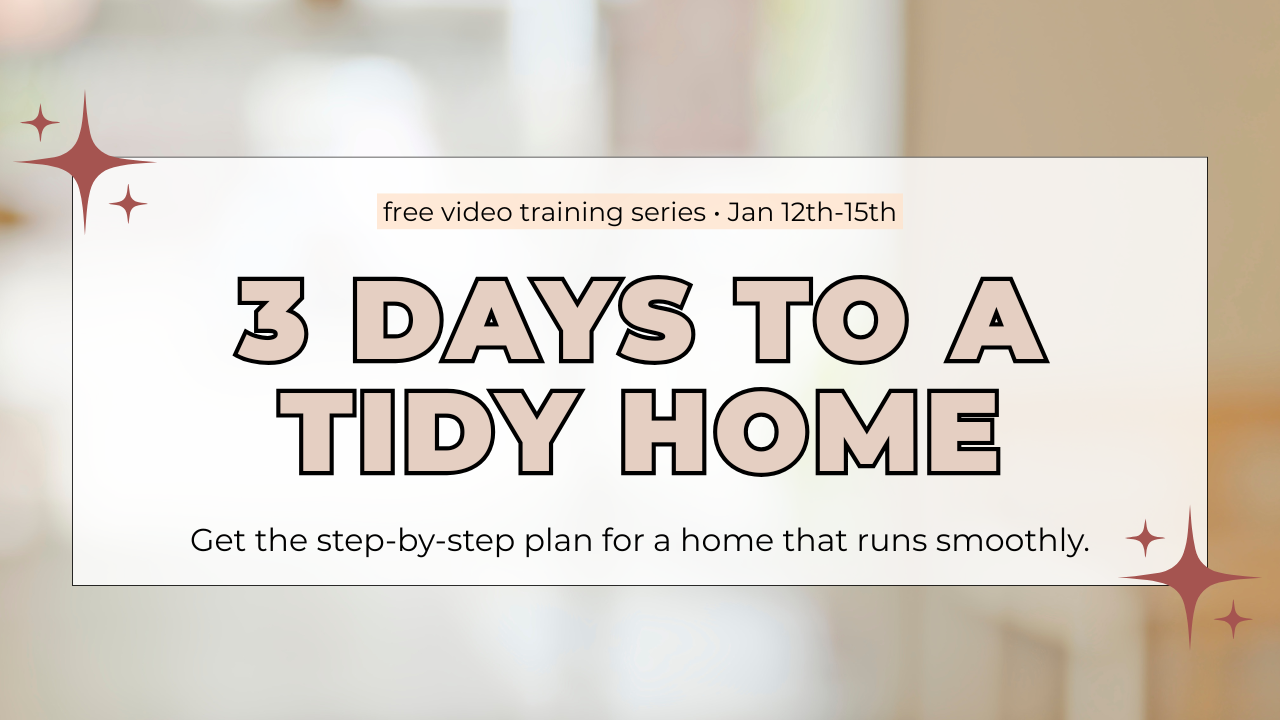The Four Categories of Clutter

One of the first steps in overcoming your clutter is understanding the reason behind it. Knowing why your home became the way it is will help you determine how you can fix it. In this post, we’ll go over the four main categories of clutter, as well as a few examples of each of them. So by the end of the post, you'll have a pretty good idea of where you should start when it comes to decluttering your home.
Let's get right into it!

1. LIFE CHANGE
The Life Change Category is pretty self-explanatory.
If you have recently moved or experienced a death or new birth in your family, you may have accumulated some items pretty quickly.
This type of clutter usually happens because of experiences that we cannot control.
Might I suggest taking the time to process your life change before you attempt to declutter or organize your home.
It’s not easy to go through sentimental items when you are grieving a loved one.
And for those that have just had a new baby, I recommend embracing that newborn season of life! It definitely won’t last long, so don’t spend those few precious months worrying about your home.
When your baby turns into a toddler, that is when you can start thinking about having a more organized and clutter-free home.
🎧 Listen to the podcast for even more decluttering and organizing tips
2. TECHNICAL
If your clutter falls under the Technical Category, you have an overall lack of storage space.
Your home might be lacking storage space if your belongings don’t have a specific “home”.
For example, without a designated place for your coat and your purse, they will end up on your coffee table or even the floor.
But no worries! This type of clutter is the easiest to fix. Out-of-the-box storage solutions will probably be your best bet.
I recommend thinking vertical in every possible area. The backs of doors are great places for storage options. Even a simple over-the-door shoe organizer can go a LONG way when it comes to finding a home for everything. We have one on the back of our hall closet for excess diapers, wipes, heating pads, etc.
Other vertical storage solutions include any type of wall organizer. One of my personal favorites is wall-mounted coat hooks. I use them in my kid’s rooms for all their little toy purses and superhero capes. And we have one near all of our main entrances for storing bags, winter coats, and spring jackets.
3. TIME MANAGEMENT
The Time Management Category indicates that you have a need for better planning. It’s likely that your parents never taught you how to be mindful of your belongings.
By following a daily tidying routine, you can work on developing new habits and eventually, work on keeping your home maintained.
A daily tidying routine is a game-changer! It can be extremely frustrating to see your home ripped apart by your kids in mere seconds. But instead of throwing in the towel and giving up on the state of your home, you can vow to spend 15 minutes before bed just putting everything away.
Waking up in an orderly home will have a profound effect on your day. And when your family starts to see that you’re serious about keeping things tidy, they will be more likely to hop on board!

4. PSYCHOLOGICAL
Clutter caused by psychological reasons could be defined as depression, low self-esteem, or ADHD.
If that sounds like you, I recommend seeking professional help before trying to tackle the clutter in your home.
Another example of clutter caused by psychological reasons might be a lack of personal boundaries, such as uncontrollable spending or accepting unwanted gifts.
There are many reasons why we buy things we don’t need. One of them is known as The Diderot Effect, which is when we purchase something and feel compelled to buy more new things.
An example might be when you purchase a new coffee table for your living room and suddenly want to replace your entertainment center.
As far as unwanted gifts, hand-me-downs for your children are one particular example.
If you feel too guilty to give away items that were gifted to you, a change in mindset might help. Keep in mind that the purpose of a gift is to be a blessing, not a burden. Would the giver want you to feel burdened by their gift? Probably not.
When you receive a gift, your only responsibility is to say “thank you”. After you have accepted the gift, you are free to do as you wish.
If you’re worried that a family member might notice that you don’t have the item displayed in your home, your best bet is, to be honest. You can say something along the lines of, “I am so thankful that you thought of me, but as a family, we have been focusing on decluttering, so I gave it to someone who really loved it.”
There is one more category that I haven’t covered – clutter which is defined as “hoarding”.
If you believe you might be suffering from hoarder tendencies, I recommend hiring a hoarding cleanup expert who is professionally trained.
Those are the four most common categories of clutter! Can you determine which type of clutter you have in your home?
Ready to simplify your home TODAY?
Declutter In a Day will show you how to tackle the mess, clear the clutter, and make your kitchen and dining room the heart of your home with space for meals and memories with your family. Click here to join for just $47.
Grab the free Tidy Home Shortcut
Get 5 simple steps to reset any space in your home without making a huge mess or taking up all your time.
We hate SPAM. We will never sell your information, for any reason.












